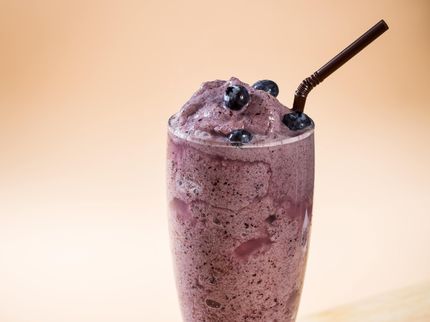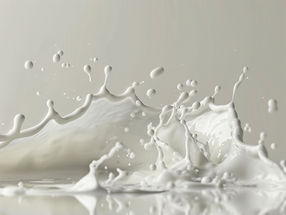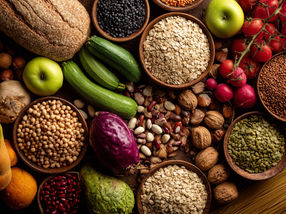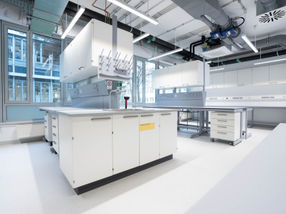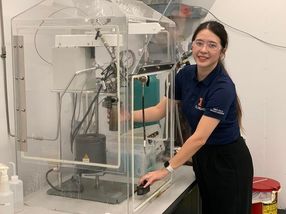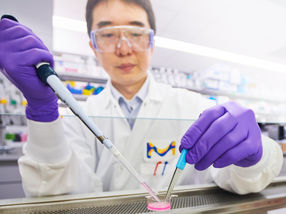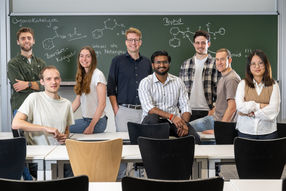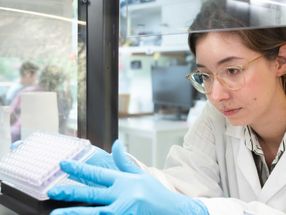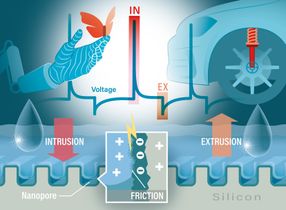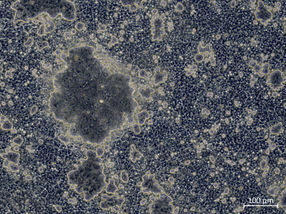Plant-Based Protein Hydrolysates Influence Satiety in Different Ways
"...valuable insights for the development of functional foods that can contribute to reducing energy intake in a natural way"
Advertisement
Protein hydrolysates are produced by breaking down proteins into short protein fragments (peptides) and amino acids. They are playing an increasingly important role in the production of plant-based foods. In a new human study, researchers from the Leibniz Institute for Food Systems Biology at the Technical University of Munich and ZIEL – Institute for Food & Health of the Technical University of Munich have shown that different hydrolysates from pea protein influence satiety in different ways. The study provides a scientific basis for the development of new foods that support nutritional strategies for weight regulation.
The demand for plant-based protein sources is growing because their production requires significantly less energy, water, and land than animal products. Protein hydrolysates are becoming particularly important in food production because they are versatile and easy to process technologically. However, one disadvantage of such hydrolysates is their often bitter taste, which many consumers find unpleasant. “This is due to certain peptides and free amino acids,” says Katrin Gradl, first author of the study.
However, recent studies suggest that these bitter compounds may influence satiety, for example by slowing gastric emptying or promoting the release of satiety hormones. Similarly, research indicates that less extensively hydrolyzed proteins primarily delay gastric emptying. More extensively broken-up proteins pass through the stomach more quickly and are thus more likely to trigger a hormonal satiety response in the intestine.
Pilot study with two different pea protein hydrolysates
To test these hypotheses, the research team led by Veronika Somoza, research group leader at the Leibniz Institute, conducted a pilot study with 19 overweight men (body mass index 25–30 kg/m²). The focus was on how the degree of hydrolysis and the degree of bitterness of two different pea protein hydrolysates affect satiety regulation.
In the current pilot study, the subjects received 15 grams of one of the two pea protein hydrolysates two hours before a test breakfast on different study days. The protein hydrolysate H1 was less bitter and more hydrolyzed (degree of hydrolysis 35 percent). The other hydrolysate, H2, tasted more bitter, was less hydrolyzed (degree of hydrolysis 23 percent) and therefore more difficult to digest.
The researchers then recorded how much energy the participants consumed at breakfast. They were allowed to eat as much as they wanted. The researchers also examined how quickly the participants' stomachs emptied and their hormone levels in the blood.
What the study shows
Participants who received the more bitter, less broken up hydrolysate H2 showed delayed gastric emptying and consumed an average of around 126 kilocalories less at breakfast. The less bitter-tasting and more highly hydrolyzed product H1, on the other hand, significantly reduced ghrelin and DPP4 concentrations in the blood without affecting short-term energy intake. A low ghrelin level signals less hunger to the body. A lower DPP-4 concentration causes satiety hormones to remain active longer, thereby promoting satiety.
“Our results show that both hydrolysates influence the feeling of satiety in different ways. Hydrolysate H2 quickly made the subjects feel full, so they ate less. Hydrolysate H1, on the other hand, had a delayed effect and presumably promotes a longer-lasting feeling of satiety between meals,” explains principal investigator Veronika Somoza. “Both bitterness and degree of hydrolysis played a decisive role in this. The study thus provides valuable insights for the development of functional foods that can contribute to reducing energy intake in a natural way.”
Original publication
Katrin Gradl, Sonja Sterneder, Kristin Kahlenberg, Beate Brandl, Thomas Skurk, Veronika Somoza; "Randomized Controlled Trial: Effects of a Bitter‐Tasting Pea Protein Hydrolysate Intervention With Low Degree of Hydrolyzation on Energy Intake in Moderately Overweight Male Subjects"; Molecular Nutrition & Food Research, Volume 69, 2025-8-8




